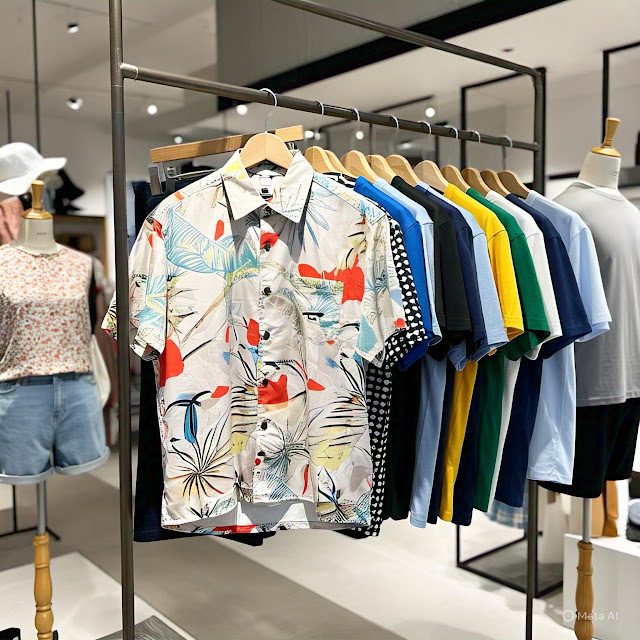Air Marshal Aurangzeb: A Distinguished Leader in the Pakistan Air Force
Air Marshal Aurangzeb is a highly respected officer of the Pakistan Air Force (PAF), known for his exceptional leadership, strategic foresight, and dedication to national service. With a career spanning decades, he has held several key command and staff positions, significantly contributing to the operational and organizational development of the PAF.
Commissioned as a fighter pilot, Air Marshal Aurangzeb quickly rose through the ranks due to his professionalism, discipline, and flying skills. He has flown various advanced aircraft and has been instrumental in both training and operational missions. His command experience includes leading frontline fighter squadrons and air bases, where he was known for maintaining high operational readiness and fostering a culture of excellence.
In his staff appointments, Aurangzeb has played a vital role in policy formulation, strategic planning, and modernization initiatives. He has contributed to enhancing the air force’s capabilities through the integration of modern technologies and strengthening joint operations with other branches of the armed forces. His insight into aerial warfare and defense strategy has made him a valuable advisor at the highest levels of military leadership.
Air Marshal Aurangzeb’s leadership style combines tactical brilliance with a deep sense of responsibility toward the welfare of his personnel. He has also represented Pakistan at international forums, reflecting the PAF’s professionalism on the global stage.
His service has earned him various military awards and honors, recognizing his contributions to national defense. Under his leadership, the PAF continues to uphold its tradition of excellence and remains a credible force for the protection of Pakistan’s airspace.
Air Marshal Aurangzeb’s career is a testament to his unwavering commitment to duty, and he stands as a role model for future generations of air warriors in Pakistan.



























































